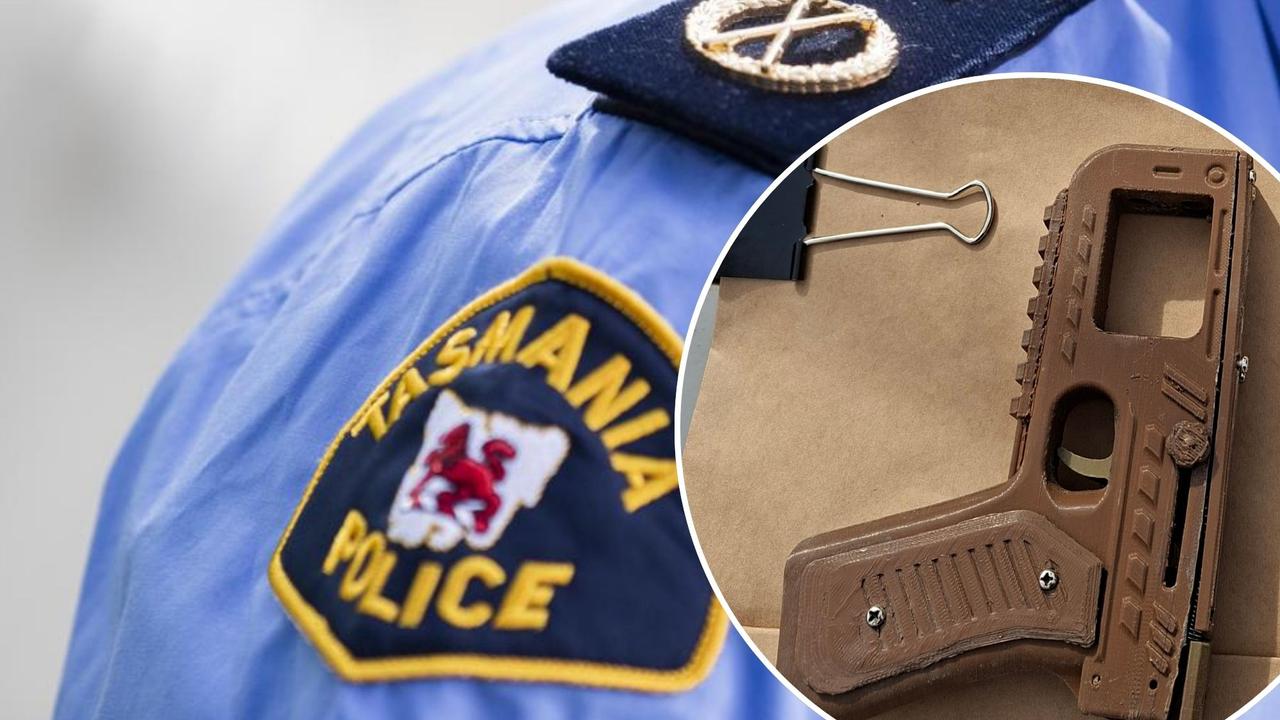Meet five women helping Tasmania forge a place in global space research
Tasmania is proving itself to be a global player in observing and analysing what lies beyond our solar system. Meet five women playing a leading role in the state’s space studies >>
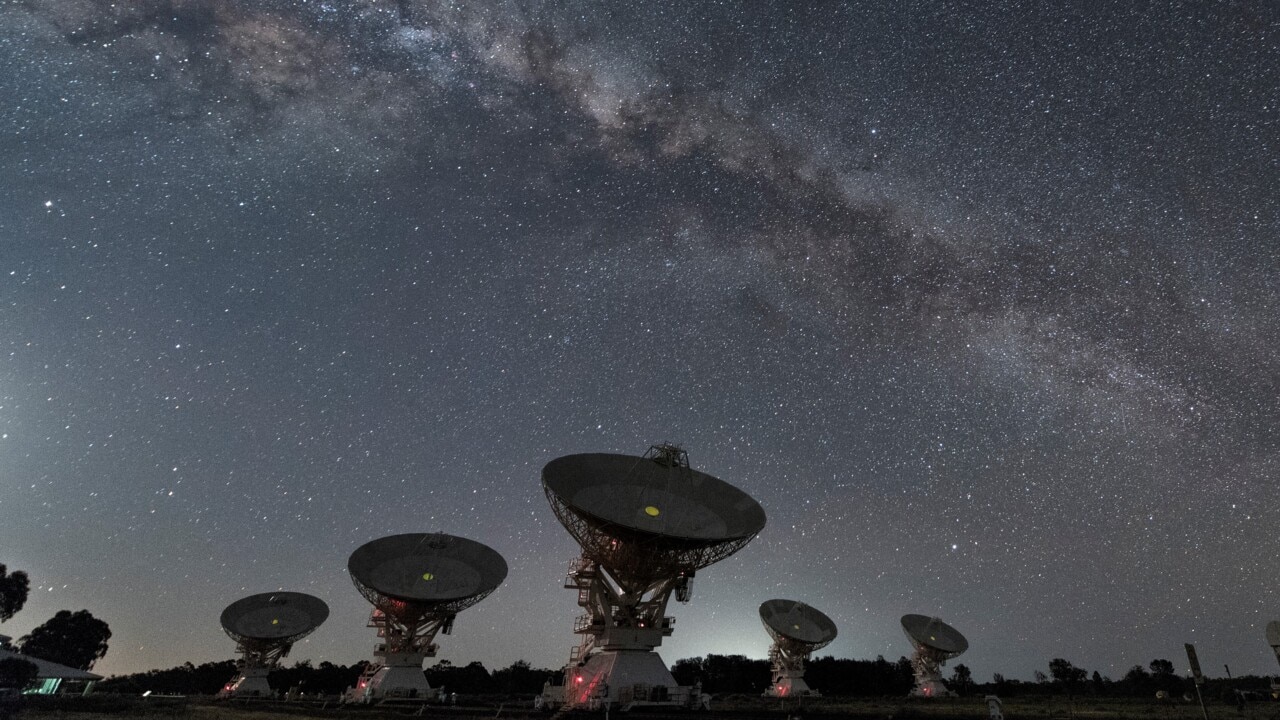
Tasmania
Don't miss out on the headlines from Tasmania. Followed categories will be added to My News.
THESE five space scientists and researchers have dreams that are out of this world.
Katie Vandorou is headed to NASA, Mas Said is off to the Netherlands and Larissa Jerrim, Lucia McCallum and Georgia Stewart are pursuing important space study in areas as diverse as improving the accuracy of GPS systems, stimulating jets from black holes and cataloguing exoplanets.
Women in Space is the theme of World Space Week starting on Monday and Dean of Natural Sciences at the University of Tasmania Professor Simon Ellingsen is pleased that female students and researchers choose to study here.
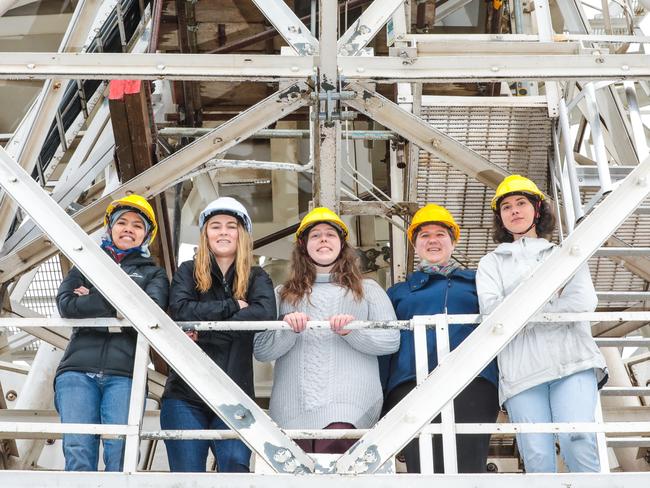
“What these five show is the range of fields to work in and that there are lots of opportunities if you decide to come here or start here,” Prof Ellingsen said.
“Some people would think that this space study would not lead anywhere – that it would be a bit like trying to be a rock star.
“But Katie and Mas have won positions at prestigious international facilities.”
Prof Ellingsen concedes that attracting female students to study physics can be difficult.
“Tasmania is probably behind other places and about 15 to 20 per cent of women study a first-year unit.
“But the numbers even out in final year and the honours prize in physics for the last four or five years has been won by a woman.”
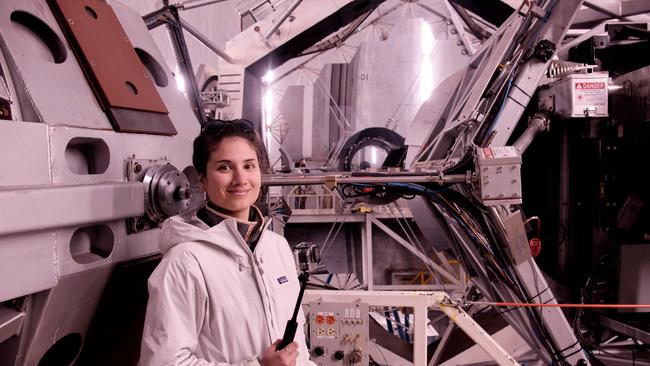
Katie Vandorou, PhD in physics graduate
Ms Vandorou, who studies exoplanets, which are planets outside the solar system, came to Tasmania by chance in 2017 and this month will head to NASA’s Goddard Space Flight Centre in Maryland in the United States for a three-year contract.
She grew up in Greece but moved to the United Kingdom to study when she was 18. One of her lecturers there was working with Tasmanian academics.
“I wanted to come to Melbourne or Sydney, I didn’t realise Tasmania had a university and was doing such good research,” she said.
“I chose exoplanets because of the travel involved and I’ve been to Hawaii and Paris, which was really cool.”
Ms Vandorou said exoplanets had always captured people’s imagination, but little was known about them.
“The research that I do is exploratory, trying to discover and characterise new exoplanets so that we have enough data to make informed conclusions about these planetary systems.”
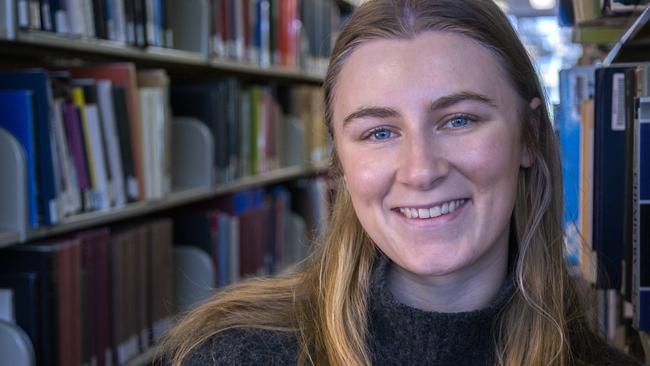
Georgia Stewart, PhD in astronomy and astrophysics candidate
Ms Stewart grew up in Launceston and said she was more interested in art than astrophysics.
She admits her research looking at active galactic nuclei is a bit of a mouthful but she loves it.
“These are the really powerful cores of galaxies that churn out enormous amounts of energy. Under some circumstances, this energy comes out as a pair of collimated, relativistic jets of superheated plasma, which can reach distances far beyond the reaches of their host galaxy.”
Ms Stewart concedes most of the research papers she reads are written by men and urges young women to pursue science.
“It is a male-dominated area but I’d say ‘do what you like, be resolute’.”
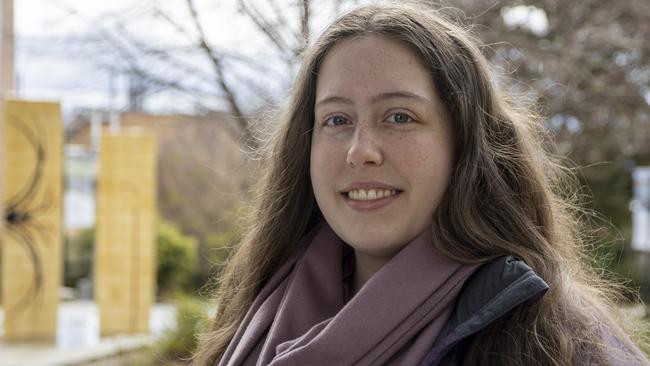
Larissa Jerrim, PhD in physics candidate
With a father as an engineer and a mother who majored in physics, Ms Jerrim has always loved science.
She is currently undertaking a PhD in physics researching active galactic nuclei jets.
Ms Jerrim said in the group she tutors just two of her 15 students are female, but in the team she is working with three of the five are females.
“Australia is doing well in my research area. In April last year, my team and our collaborators received one of the largest NCI [National Computational Infrastructure] computing grants for the Gadi supercomputer in Australian history.
“I’m inspired how, collectively, humanity has been able to look out into the stars and deduce what might be happening out there.”
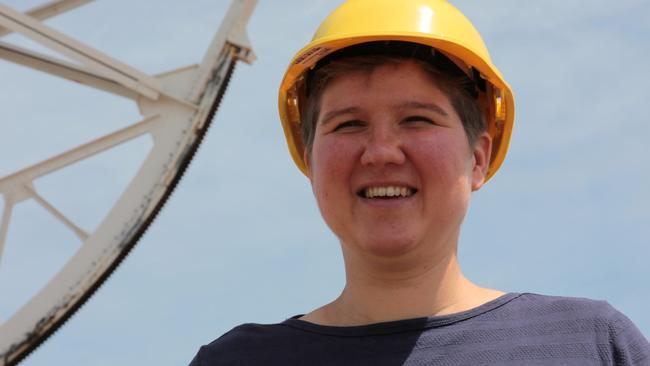
Lucia McCallum, geodesist, ARC DECRA fellow and AuScope VLBI scientist
Austrian-born Lucia is a geodesist working within the University’s radio astronomy group whose field of research employs the Very Long Baseline Interferometry technique, using signals from far distant radio galaxies to measure the Earth.
She moved to Tasmania to pursue her research for a year – but has now been here for eight years and has two daughters aged one and two-and-a-half.
“My little ones motivate me to make science a career when I am not at work every day.
“My research looks at black holes and our observations help to establish the most precise co-ordinate frame of the Earth, and positions us in space. This is essential when you want to send a spacecraft to Mars, since you wouldn’t want to miss it.”
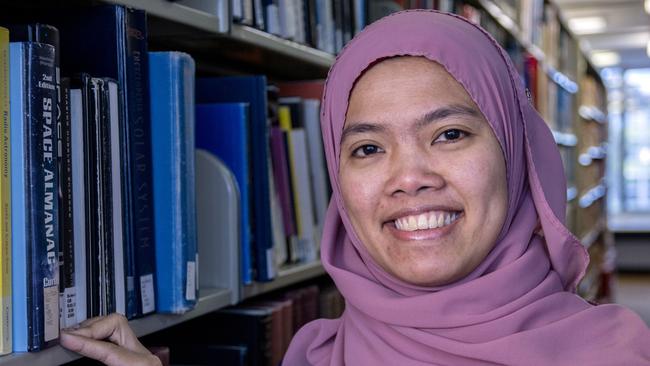
Noor Masdiana (Mas) Md Said, PhD in physics graduate
Ms Masdiana moved to Tasmania from Malaysia in 2016 to study a PhD in physics specialising in active galactic nuclei.
She is headed to the Netherlands to take up a postdoctoral position at the Joint Institute for Very Long Baseline Interferometry European Research Infrastructure Consortium (JIVE), where she will support a mission searching for life on Jupiter’s icy moons.
“I’ve been very keen to be an astronomer since I was 10 and am fascinated with studying the universe,” Ms Masdiana said.
“I am amazed by the technology of astronomy, the cutting-edge research and its spin-offs, and how it contributes to humanity and other scientific disciplines.”





